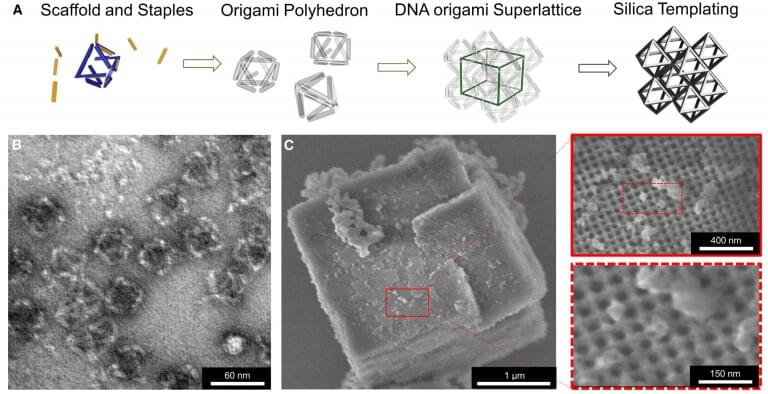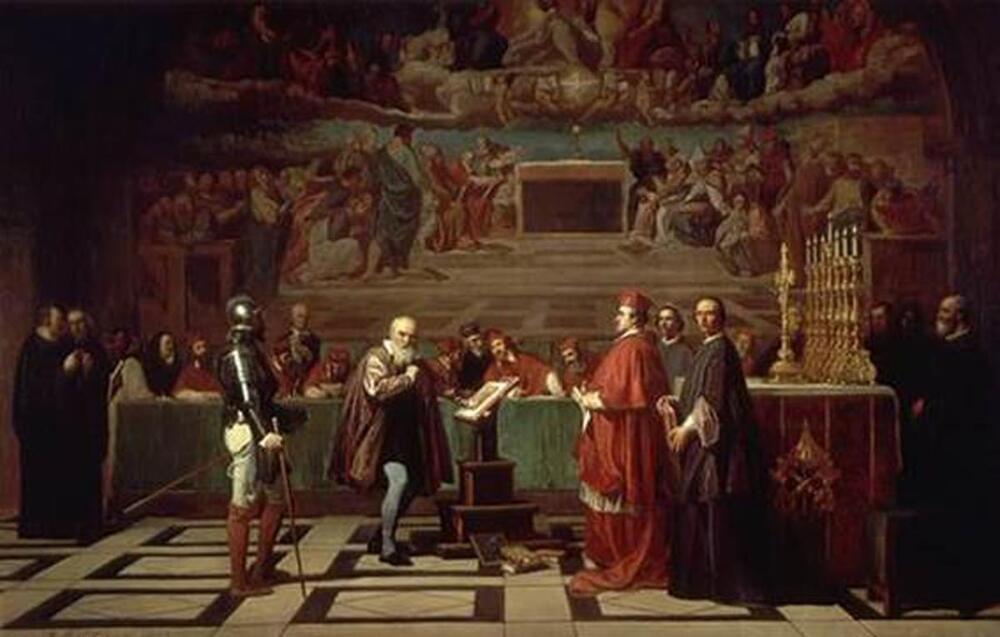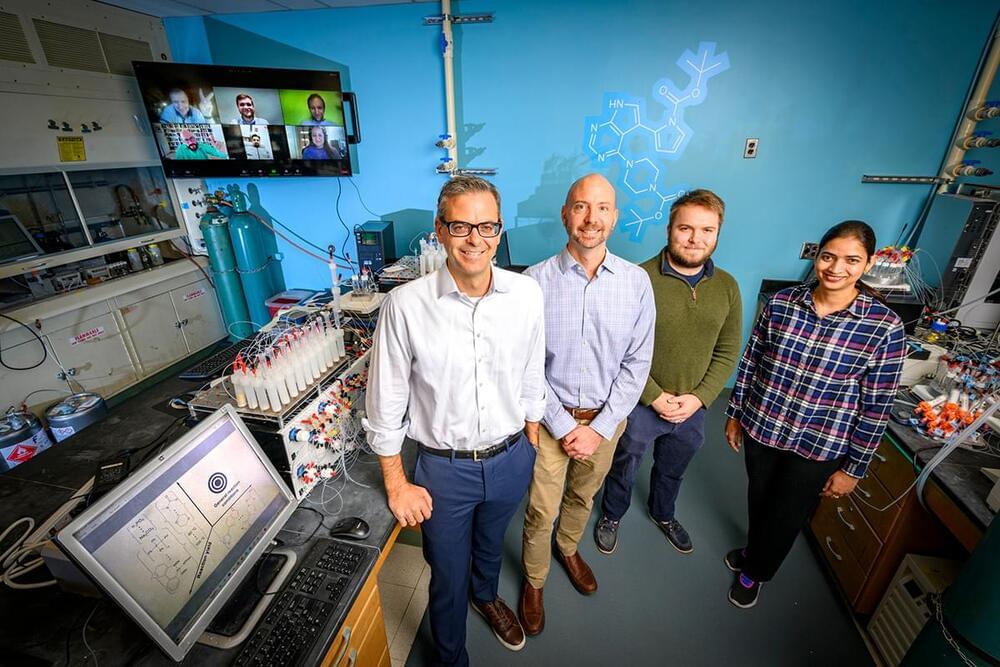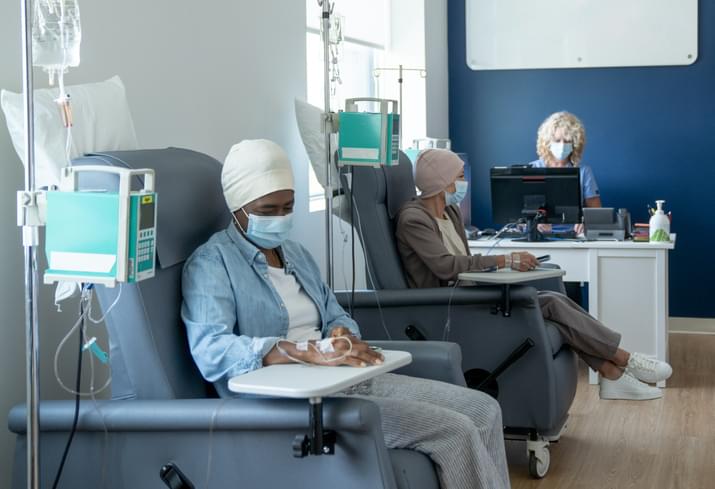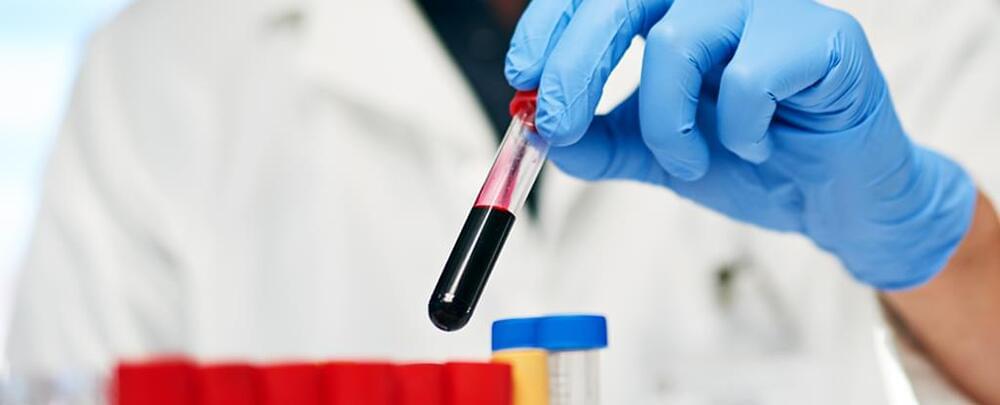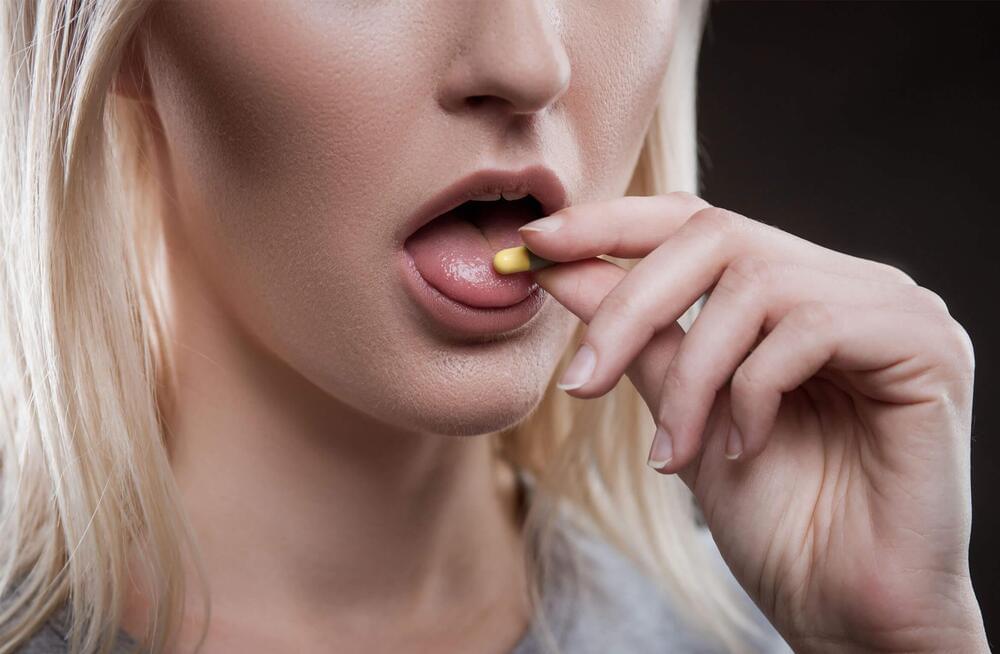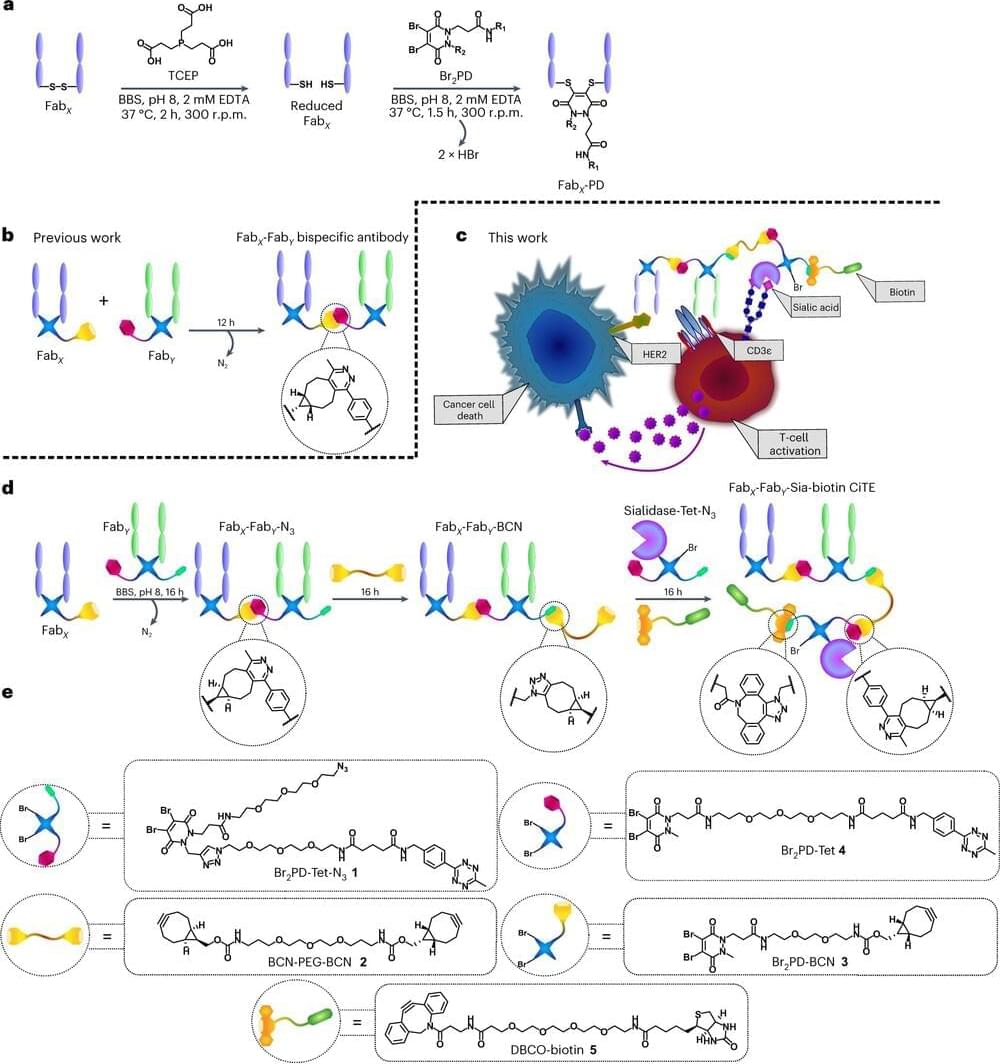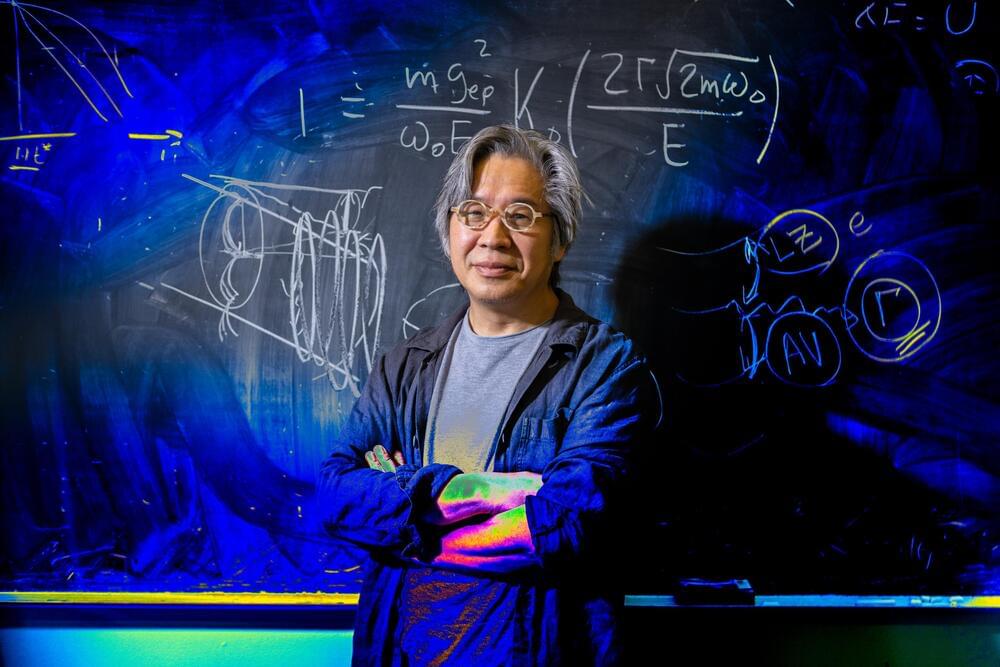Jul 25, 2023
Lab-grown meat just reached a major milestone. Here’s what comes next
Posted by Omuterema Akhahenda in category: futurism
Just last week, the US Department of Agriculture gave the green light to two companies to make and sell their cultivated chicken products in the US. This is a major moment for the field—even if a lot of milestones are left ahead. In a stroke of luck, this week I’m at a conference called Future Food Tech, where people are talking about the biggest news and challenges for alternative proteins of all types. So for the newsletter this week, let’s check in on the world of lab-grown meat.
Reaching commercial production won’t be easy.

